Table of Contents
ToggleCross-sectoral collaboration between creative people can lead to a wide range of possibilities, including:
New and innovative products and services:
Creative people can work with people from other sectors to develop new products and services that are more appealing to consumers. For example, a fashion designer could collaborate with a technologist to create a line of wearable technology.
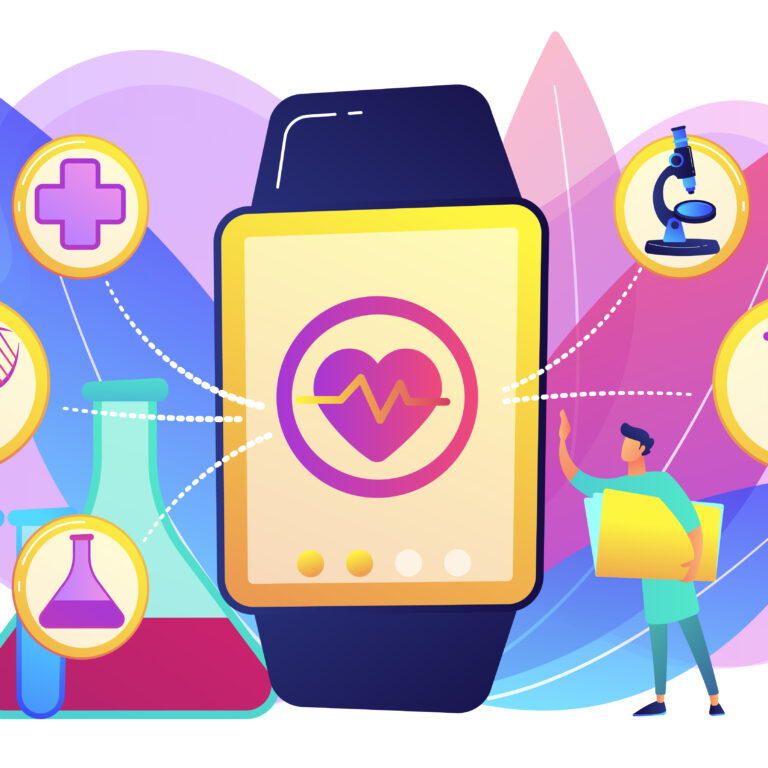
Improved communication and storytelling:
Creative people can help businesses and organizations communicate more effectively and tell their stories in a more engaging way. For example, a writer could collaborate with a marketing team to develop a new advertising campaign.

Greater social impact:
Creative people can use their skills to make a positive impact on society. For example, a musician could collaborate with a social worker to create a music therapy program for children with disabilities.
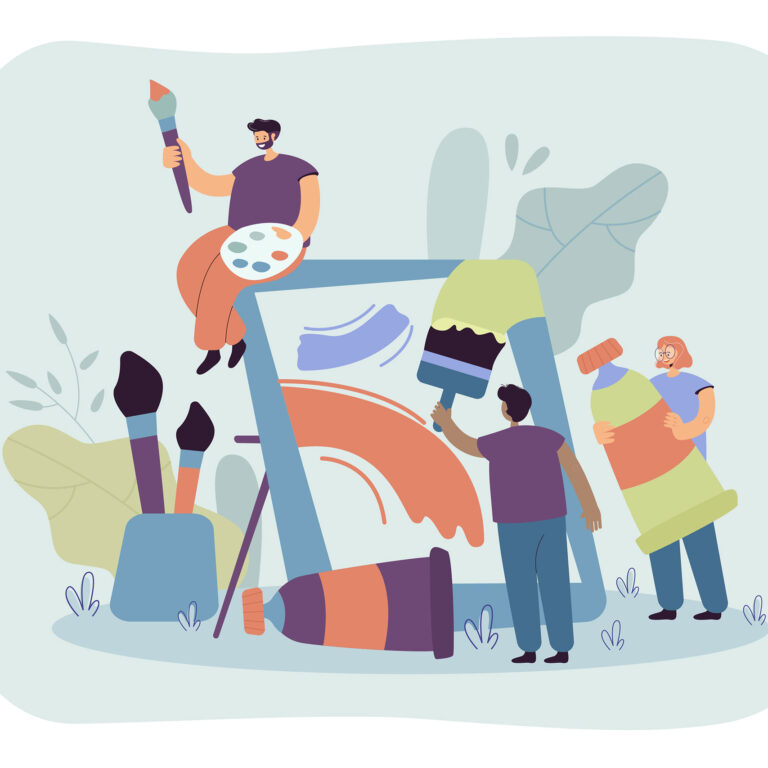
More opportunities for creative expression:
Cross-sectoral collaboration can give creative people more opportunities to express themselves and share their work with a wider audience. For example, a painter could collaborate with a museum to create a new exhibit.

Here are some examples of cross-sectoral collaboration between creative people:
Theaster Gates
a Chicago-based artist, has collaborated with architects, urban planners, and community members to revitalize a neglected neighborhood in the city.
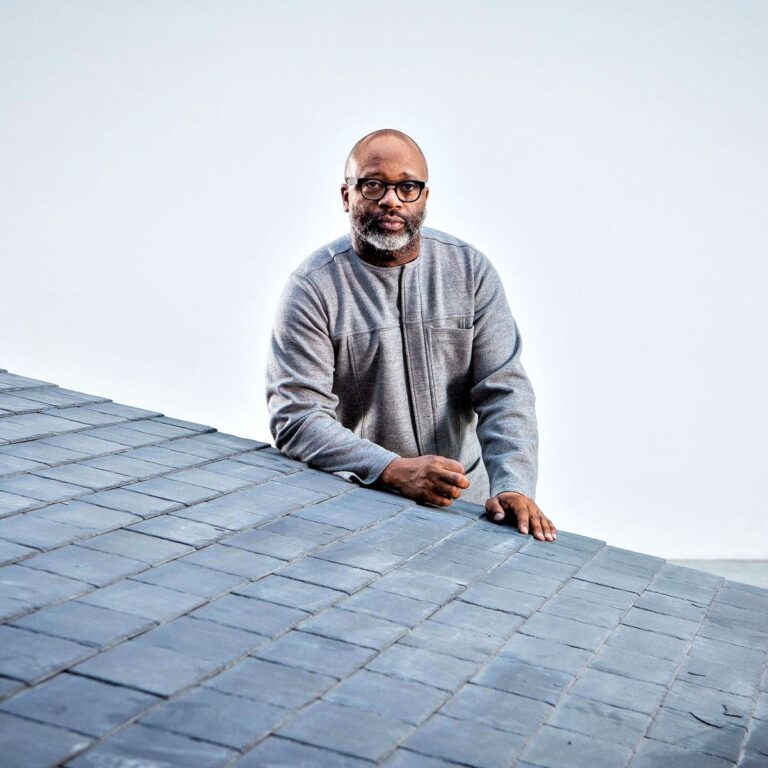
Arcade Fire
The band Arcade Fire has collaborated with filmmakers, fashion designers, and other artists to create a multimedia experience around their album "Everything Now."
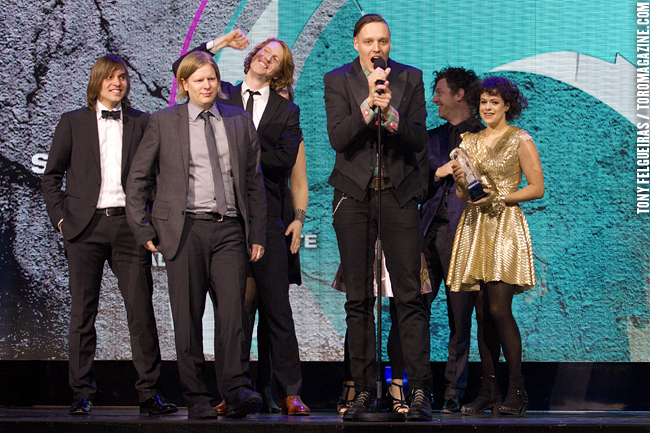
Iris Van Herpen
The designer Iris van Herpen has collaborated with scientists and engineers to create wearable technology that is both beautiful and functional.
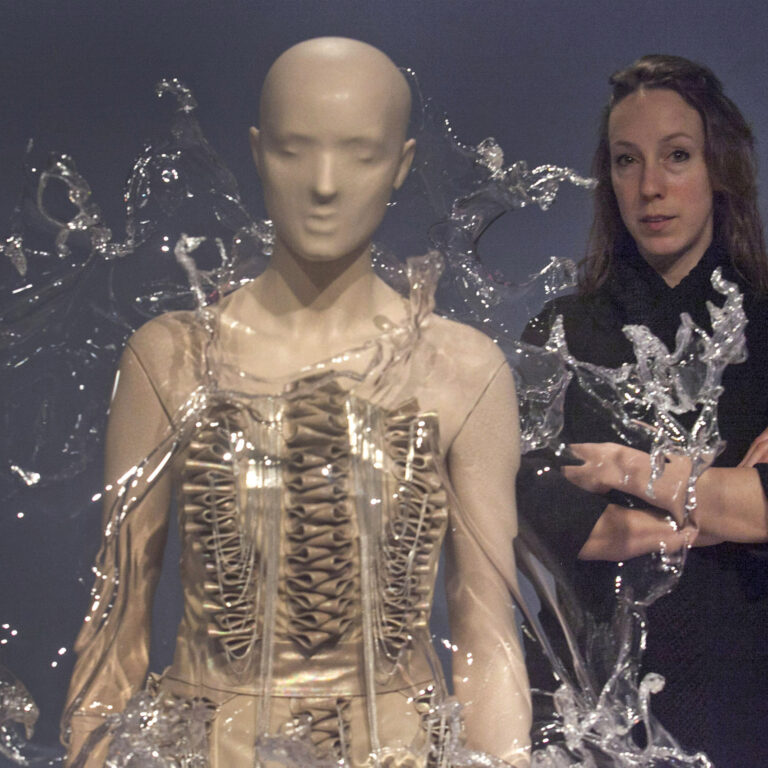
Chimamanda Ngozi Adichie
The writer Chimamanda Ngozi Adichie has collaborated with filmmakers and actors to bring her novels to life on screen.
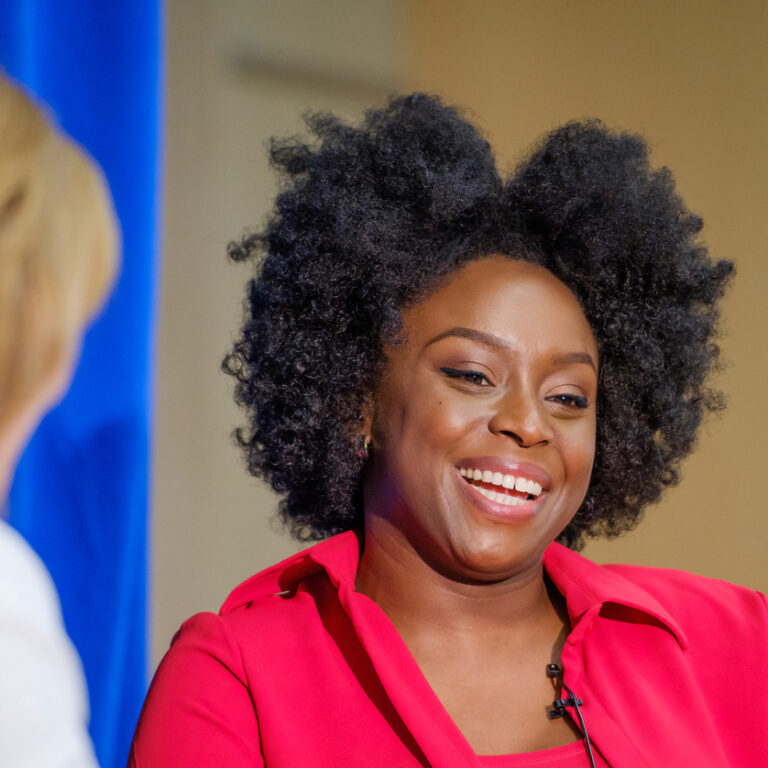
Cross-sectoral collaboration is a powerful tool that can be used to solve problems, create new opportunities, and make the world a better place. Creative people have a unique ability to think outside the box and come up with new ideas, which makes them valuable collaborators in any field.
Here are some examples of cross-sectoral collaboration between creative people:
- Creative people can help to break down silos and foster innovation.* By working with people from other sectors, creative people can bring new perspectives and approaches to old problems. This can lead to the development of new and innovative solutions.
- Creative people can help to build bridges between different cultures.* By collaborating with people from different backgrounds, creative people can help to promote understanding and tolerance.
- Creative people can help to make the world a more beautiful and inspiring place.* By creating art, music, and other forms of creative expression, creative people can make the world a more enjoyable place to live.
I believe that cross-sectoral collaboration between creative people is essential for the future of our world. By working together, we can create a more just, equitable, and sustainable world for all.



Add a Comment